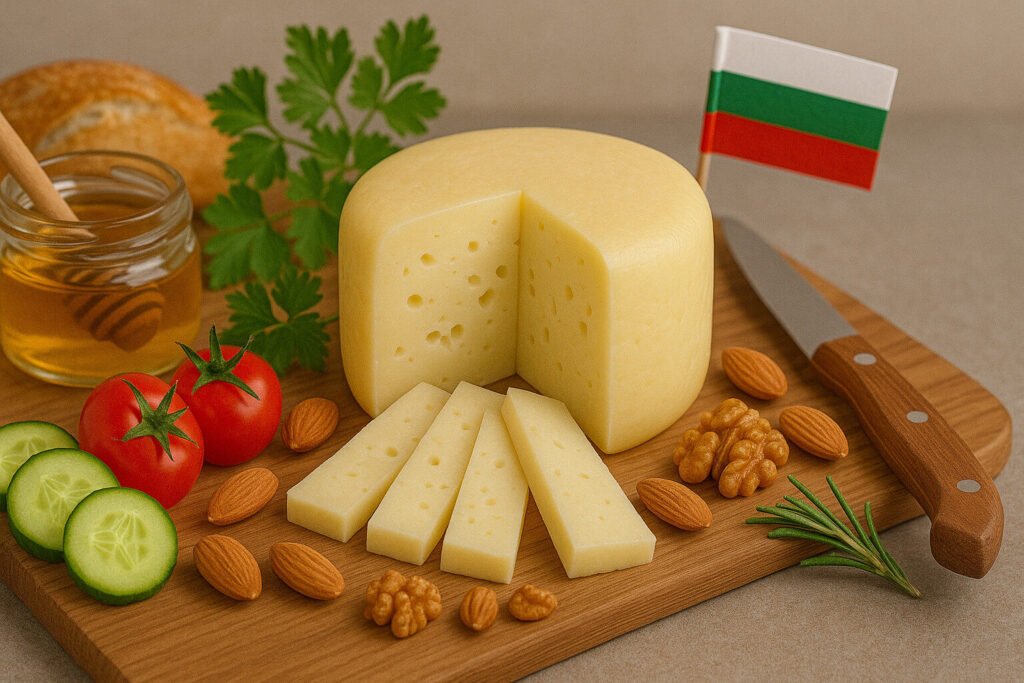Cheese With Lactobacillus Bulgaricus
Definition and Scope
Cheese with Lactobacillus bulgaricus incorporates a specific thermophilic bacterium essential for acid development during fermentation. This microorganism works synergistically with Streptococcus thermophilus in a protocooperative relationship. Their combined metabolic activity defines many stretched-curd and cooked-curd cheese varieties.
The presence of L. bulgaricus significantly influences the cheese’s final pH, texture, and shelf life. This bacterial species is particularly crucial in cheeses requiring high-temperature cooking of the curd. Its application spans various cheese categories, primarily those originating from traditional Mediterranean and Alpine regions.
Production Process
Manufacturers introduce Lactobacillus bulgaricus during the milk inoculation stage alongside other starter cultures. The bacteria become active when vat temperatures reach approximately 45°C during cooking. This thermal activation is critical for proper acid production and whey expulsion.
Following acidification, the curd undergoes stretching or kneading in hot water or whey. This mechanical action, combined with bacterial activity, creates the characteristic fibrous texture. The final cheese is typically brined or dry-salted before aging, which allows flavor development.
Sensory Profile
Cheeses containing L. bulgaricus typically exhibit pronounced tangy and savory notes due to lactic acid production. They often develop slight yogurt-like aromas from bacterial metabolites. The texture ranges from semi-soft to firm with excellent melting properties.
Aging intensifies the flavor profile, sometimes yielding nutty or roasted undertones. These cheeses generally possess lower moisture content compared to mesophilic varieties. The rind may develop natural molds or remain smooth depending on aging conditions.
Culinary Applications
High-temperature tolerance makes these cheeses ideal for baking, grilling, and frying applications. They maintain structural integrity while delivering creamy texture when melted. This property makes them particularly suitable for pizza, casseroles, and baked pasta dishes.
Their bold flavor stands up well to robust ingredients like garlic, tomatoes, and cured meats. Many varieties serve equally well as table cheeses for direct consumption. The balanced saltiness complements fruits, nuts, and full-bodied wines.
Regional Examples
Traditional Italian pasta filata cheeses like Mozzarella di Bufala Campana utilize L. bulgaricus in their production. Bulgarian Kashkaval represents another prominent example from the Balkans region. These cheeses share characteristic stretchability and mild acidity.
Swiss Raclette and certain Gruyère styles incorporate thermophilic cultures including L. bulgaricus. Greek Kasseri similarly depends on these bacteria for its distinctive texture. Each regional variety reflects local milk sources and aging traditions while sharing the bacterial signature.


